Ayaneo 2 review: A more premium (and pricier) take on the Steam Deck<p>Handheld PCs have been around for years, but the arrival of the Steam Deck brought renewed interest and demand to the category — much like what the Nintendo Switch did for consoles back in 2017. And while the amount of engineering and tech that went into the Steam Deck is certainly impressive, Valve's mission to make a portable and affordable PC for gaming on the go means there's plenty of room in the handheld space for something with a bit more giddyup — which brings us to the Ayaneo 2.</p><h2>Design: Like a Steam Deck, but fancier</h2><p>While the Ayaneo 2 doesn’t deviate too much from the Steam Deck's basic blueprint, right from the get-go it's also apparent that this thing isn't some cheap knock-off either. It features a big 7-inch 1920 x 1200 LCD display with strong brightness (just under 400 nits in our testing) that's flanked by an Xbox-style controller layout. There are also handy buttons on each side for opening menus or functioning as shortcuts, along with some more customizable controls crammed in on top that by default serve as left and right mouse clicks. Even the power button has a built-in fingerprint sensor, which is a welcome bonus not available on the Steam Deck.</p><span id="end-legacy-contents"></span><div id="a5ec800bbc3b45d39edaf77e5a7d9198"><iframe width="560" height="315" src="
https://www.youtube.com/embed/GdFK9YRuw5g" title="YouTube video player" frameborder="0" allowfullscreen=""></iframe></div><p>One of the things that impresses me the most is Ayaneo's attention to detail. The whole setup feels well-built. The PC's case is smooth and sturdy and has a very reassuring heft. In front, there's a single sheet of glass that goes across the face of the system (with cutouts for the joysticks and buttons), which gives it a slick, streamlined appearance. The company even went out of its way to ensure that there aren't any visible screws. Though if you do want to get inside, there's an included pick you can use to pry off the little covers on each side. Just be careful so you don't mess up the finish like I did.</p><p>Among other premium upgrades compared to the Steam Deck, the Ayaneo 2 sports magnetic hall sensor joysticks and shoulder triggers that feel crisp and snappy. There’s basically no dead zone, unlike what you get with Valve’s handheld. But my favorite thing about the Ayaneo 2’s design is that its touchscreen doesn't have any bezels, and almost looks elegant.</p><p>Finally, while I don't think either machine is truly pocketable, the Ayaneo 2 is definitely the more compact of the two. The Steam Deck measures nearly a foot across (11.7-inches) versus a more manageable 10.4-inches for the Ayaneo 2.</p><h2>Ports and accessories: So many options</h2><figure>
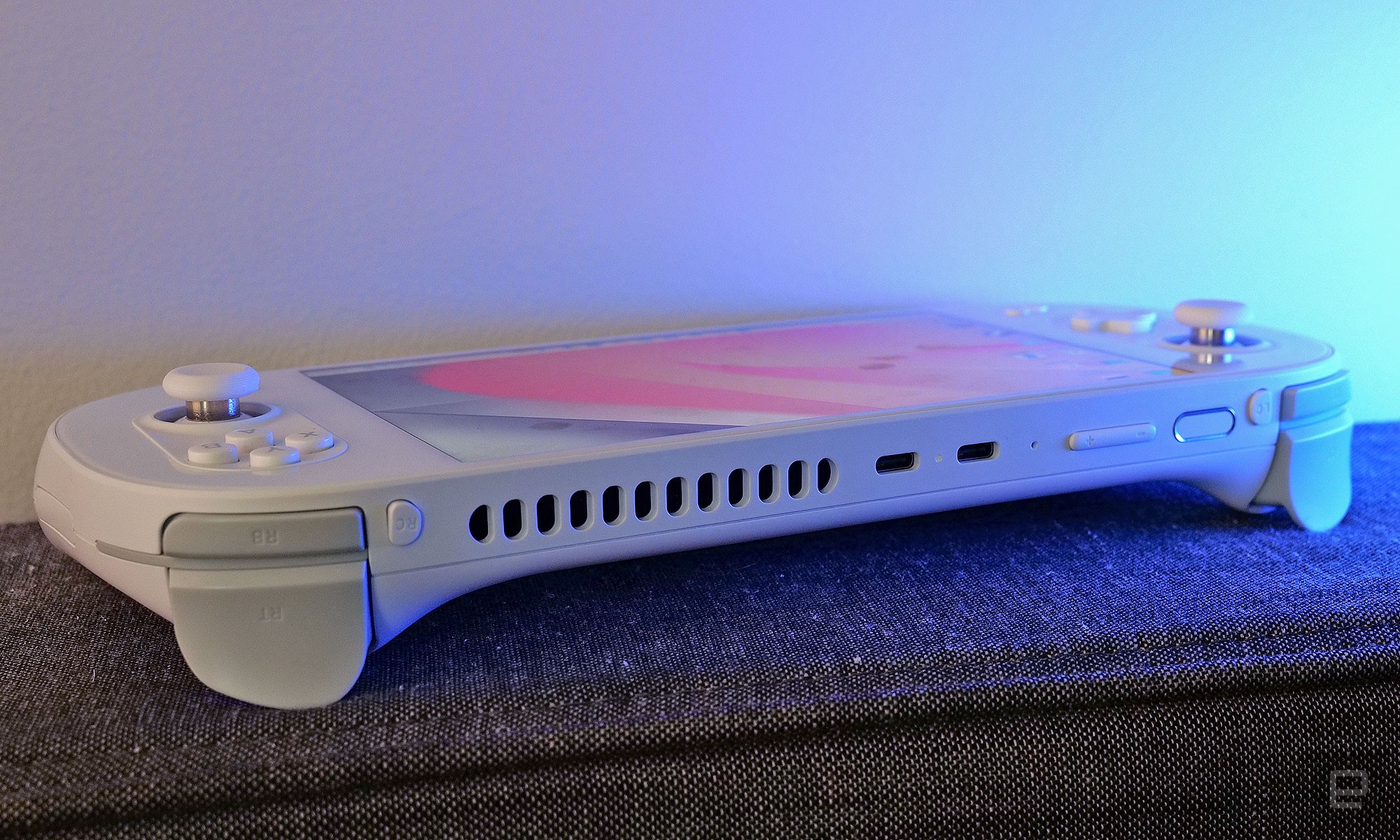
<figcaption></figcaption><div class="photo-credit">Sam Rutherford/Engadget</div></figure><p>Another quality that elevates the Ayaneo above its rivals is a wealth of ports. Not only do you have a 3.5mm audio jack and a microSD card slot for expandable storage, you also get three USB-C ports, two of which can be used for charging. That flexibility came in handy more often than I expected, because it gave me the freedom to plug in a power cable to either the top or bottom, which makes it easier to keep the cord out of the way no matter how you're holding the system.</p><p>On top of that, while Ayaneo makes a dock for its handhelds, because there are three USB-C ports along with two USB-A adapters in the box, you don't really need to buy one at all. Even without any additional dongles or hubs, you still have enough connectivity to plug in a mouse, keyboard and an external display, so it's really easy to use this thing as a standard PC in a pinch. And if that wasn't enough, Ayaneo even includes a charging brick, a couple of international power adapters, a USB-C cable and an extra set of screw covers.</p><h2>Performance: Zen3 makes a big difference</h2><figure>
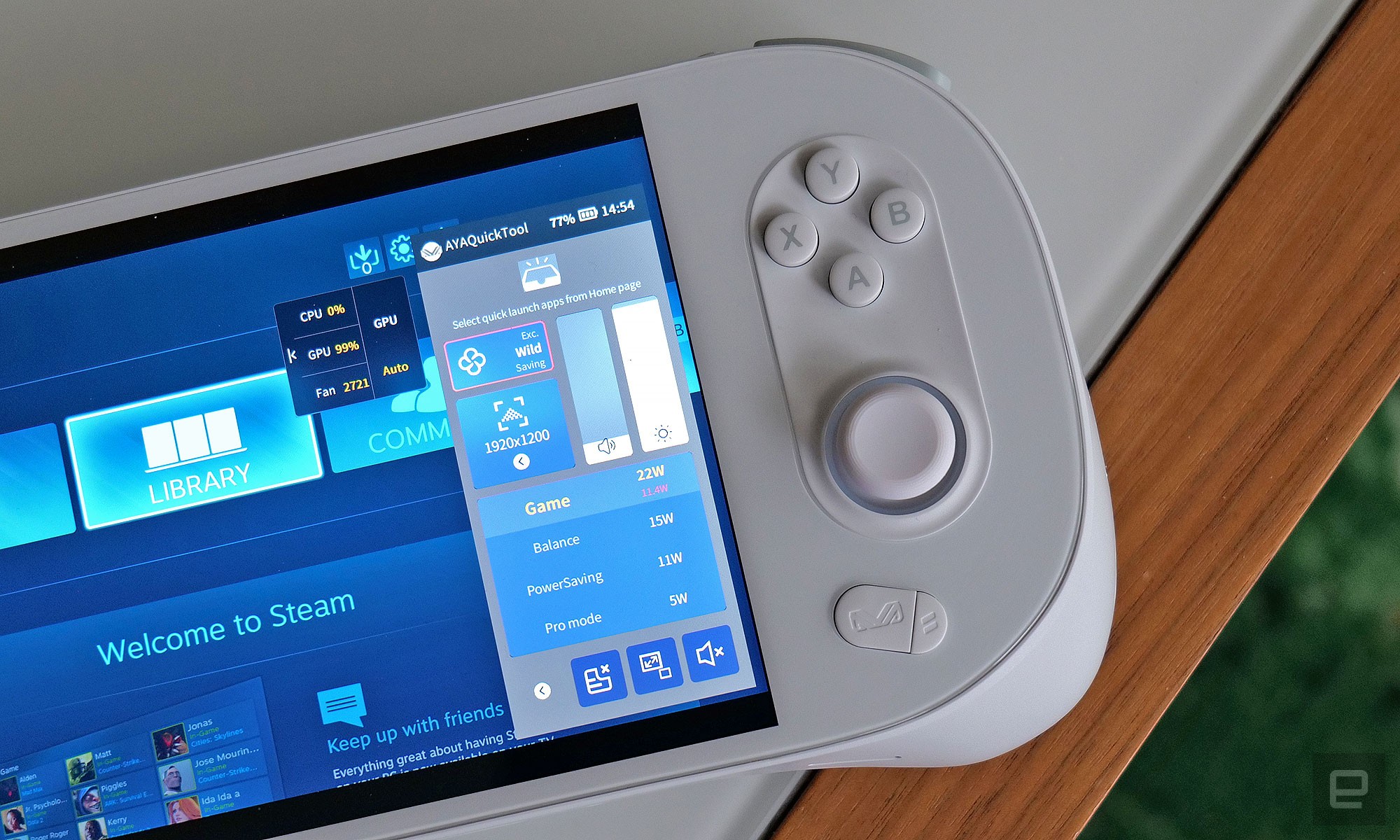
<figcaption></figcaption><div class="photo-credit">Sam Rutherford/Engadget</div></figure><p>The other major advantage the Ayaneo 2 holds over the Steam Deck is raw performance. While Valve worked with AMD to create a custom chip based on the company's Zen2 architecture, the Ayaneo 2 sports a newer Ryzen 7 6800U chip built on the Zen3+ platform. That's a jump in processing power that you can really feel.</p><p>In benchmarks, the Ayaneo 2 scored 4,282 on 3DMark's Wild Life Extreme test, which is comparable or slightly better than what we've seen from similarly-priced laptops like the Surface Laptop 5 (3,848) or the XPS 13 Plus (3,505). And when gaming, the Ayaneo 2 is between 25% to 40% faster than the Steam Deck depending on the title. In
Shadow of the Tomb Raider on high settings at 800p, the Ayaneo 2 averaged 54 fps versus 40 fps for the Steam Deck. And when I increased the game’s resolution to take advantage of the Ayaneo 2's full HD+ screen, it still managed to pump out a playable 35 fps at 1920 x 1200 ( in
SotTR), despite pushing nearly twice as many pixels. It's a similar story in
Elden Ring, where the Ayaneo 2 hovered around 55 fps in 800p at medium settings, compared to 48 fps for the Steam Deck, or at 40 fps at 1200p.</p><h2>In use: A more luxurious way to game on the go</h2><figure>
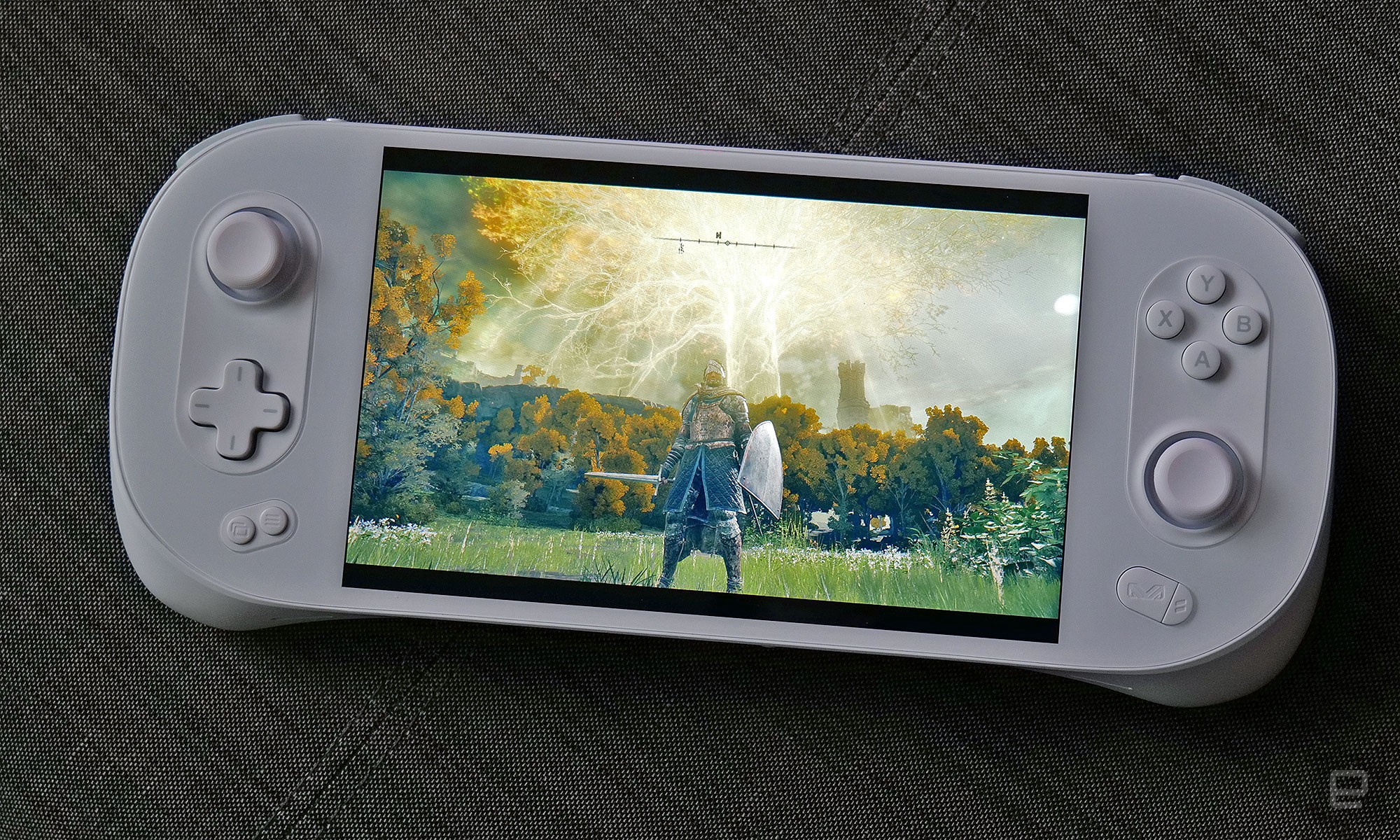
<figcaption></figcaption><div class="photo-credit">Sam Rutherford/Engadget</div></figure><p>Ok ok, enough about the design and specs, what is this thing actually like to use? Well, in short, the Ayaneo 2 addresses some of my biggest complaints about the Steam Deck, but in a smaller, more compact and better-performing chassis. Its screen is way brighter, more colorful and higher-res making everything look sharper too. And thanks to its Ryzen 7 6800U CPU, you can get similar framerates with the Ayaneo 2 at 1920 x 1200 versus 800p for the Steam Deck. I should also mention that, while the Valve's portable PC tops out with just 512GB of onboard storage, the Ayaneo 2 can be specced with up to a 2TB SSD, while still having a microsD card slot (with a neat protective cover) for extra room if you want it.</p><p>The Ayaneo 2's control setup is excellent too. That's because even without built-in touchpads, like you get on the Steam Deck, you can still easily navigate Windows 11 using the left stick, which doubles as a way to move your mouse cursor. Sure, that means you're probably not going to want to play
Civilization 6 or an RTS on the Ayaneo 2, but even with more optimized controls, those games still feel clunky on the Steam Deck. Ayaneo's magnetic hall sensors in the analog sticks and shoulder triggers also deliver an incredibly responsive experience. And while I wouldn't call it a quiet system, when its fans spin up the whir isn't nearly as loud or annoying as what I get from my Steam Deck. (Note: For what it's worth, my Deck has the slightly whinier sounding Huaying fan.)</p><figure>
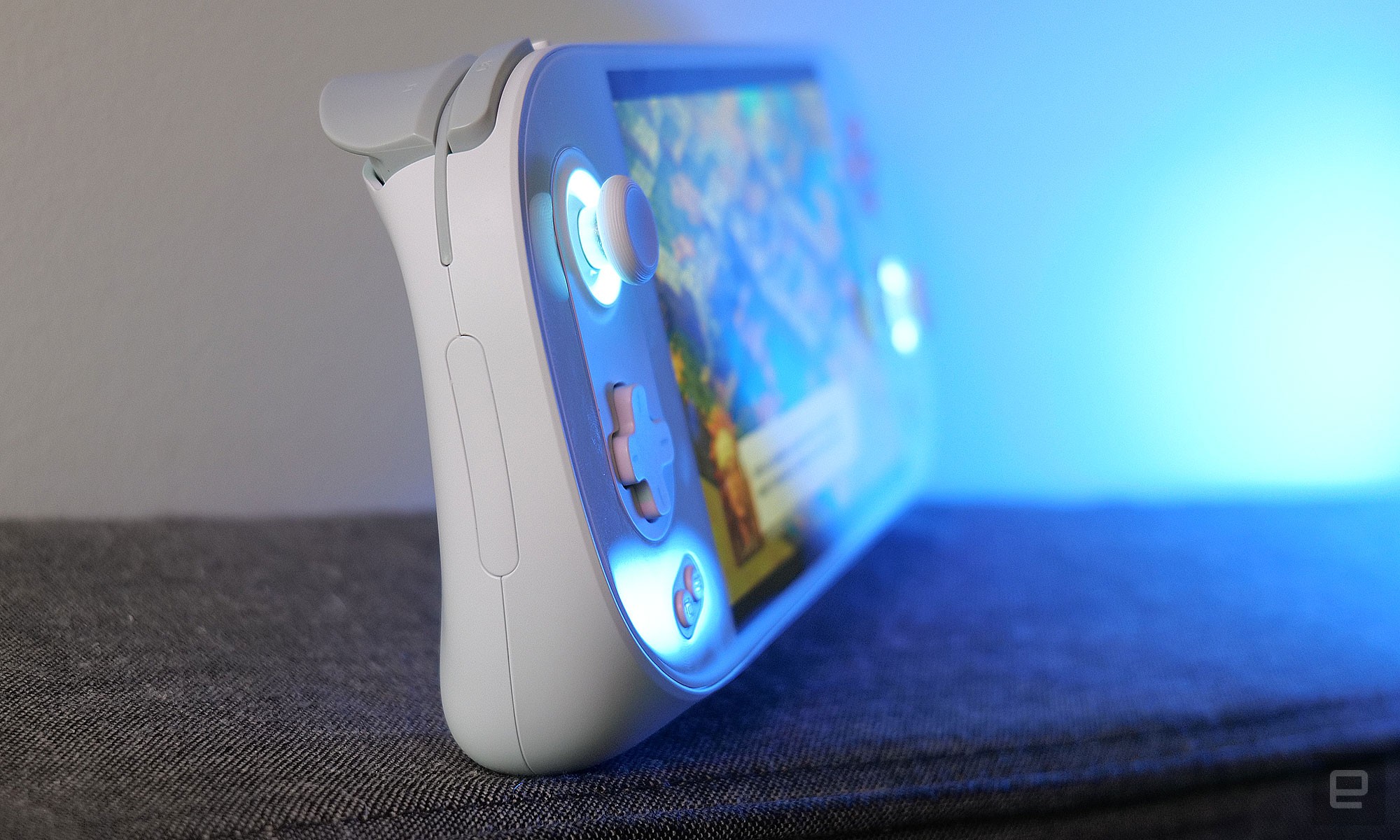
<figcaption></figcaption><div class="photo-credit">Sam Rutherford/Engadget</div></figure><p>That said, there are still more than a few awkward aspects about the Ayaneo 2. The first is that Windows 11 is kind of annoying to use with touch controls, though simply booting into Steam's Big Picture mode lets you sidestep much of that. Second, while I appreciate the included Ayaspace app, which serves as the company's consolidated game launcher and performance monitoring tool, the user experience feels a bit unpolished.</p><p>Changing the system's resolution from the AyaQuickTool window was often hit-or-miss. On top of that, when I installed an update to the AyaSpace app, its language setting reverted back to Chinese. That’s not a huge pain to fix, but I'd rather be playing games than diving through menus repairing something that shouldn't have changed. Then there are other little quirks like its weak rumble motors and not knowing what makes the lights underneath the joysticks change colors. That’s because aside from a couple of short quick-start manuals, Ayaneo doesn’t provide much documentation for the device, so you’re kind of on your own when it comes to figuring out the system’s more hidden features. (There’s a link to a FAQ doc in the AyaSpace app, but the whole thing is in Chinese, so it's not much help for many of us in the west.)</p><figure>
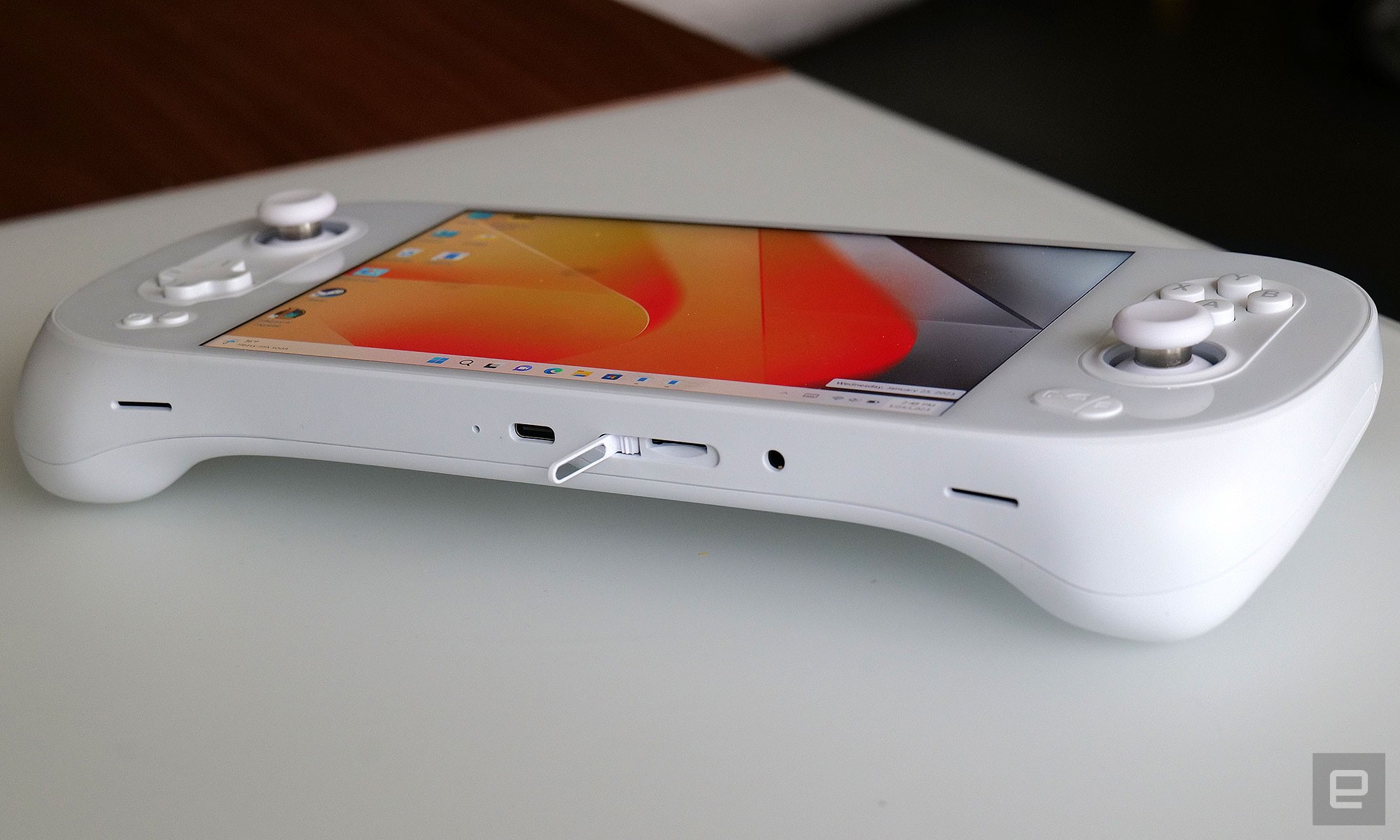
<figcaption></figcaption><div class="photo-credit">Sam Rutherford/Engadget</div></figure><p>Now I should note that the company says it’s already working on a second version of the AyaSpace app, and in the month I've had the system, there have been multiple patches, so it's clear the company is committed to improving the situation. Still, while the Ayaneo 2's specs are top-notch, some of its software still feels like a work in progress.</p><p>However, a lot of the Ayaneo 2's weak points are made up for by the fact that it runs Windows, which means almost every game just kind of works. Don't get me wrong, I have a huge appreciation for what Valve is trying to do with SteamOS and for Linux gaming as a whole, but even with thousands of games that have been verified to run on the Steam Deck, there are thousands more that aren't (and in some cases, may never run right). With the Ayaneo 2, you simply have a lot more confidence that the next game you buy won't have issues when you boot it up.</p><p>And now let me turn things over to my colleague James, who has been testing out the Ayaneo 2’s emulation capabilities.</p><h2>James' retro corner</h2><figure>

<figcaption></figcaption><div class="photo-credit">James Trew</div></figure><p>It would be decadent to recommend buying something like the Ayaneo 2 as an emulation-first device. But, it's worth talking about its performance here as it really does expand the potential library of games. Of course, if you want to rip ROMs from games you already own, you'll need to figure that side out yourself.</p><p>Obviously, with the power to run some fairly demanding PC games, the Ayaneo 2 will be more than capable of running everything up to the 5th or 6th generation of consoles without too much trouble. You'll be able to go beyond this, but with mixed results.
Skate 3 on the PS3, for example, runs on the Ayaneo 2 at 60fps with almost no special configuration.
The Last of Us, on the other hand, was only able to muster between 13-23fps, with the odd flicker above and below that.</p><figure>
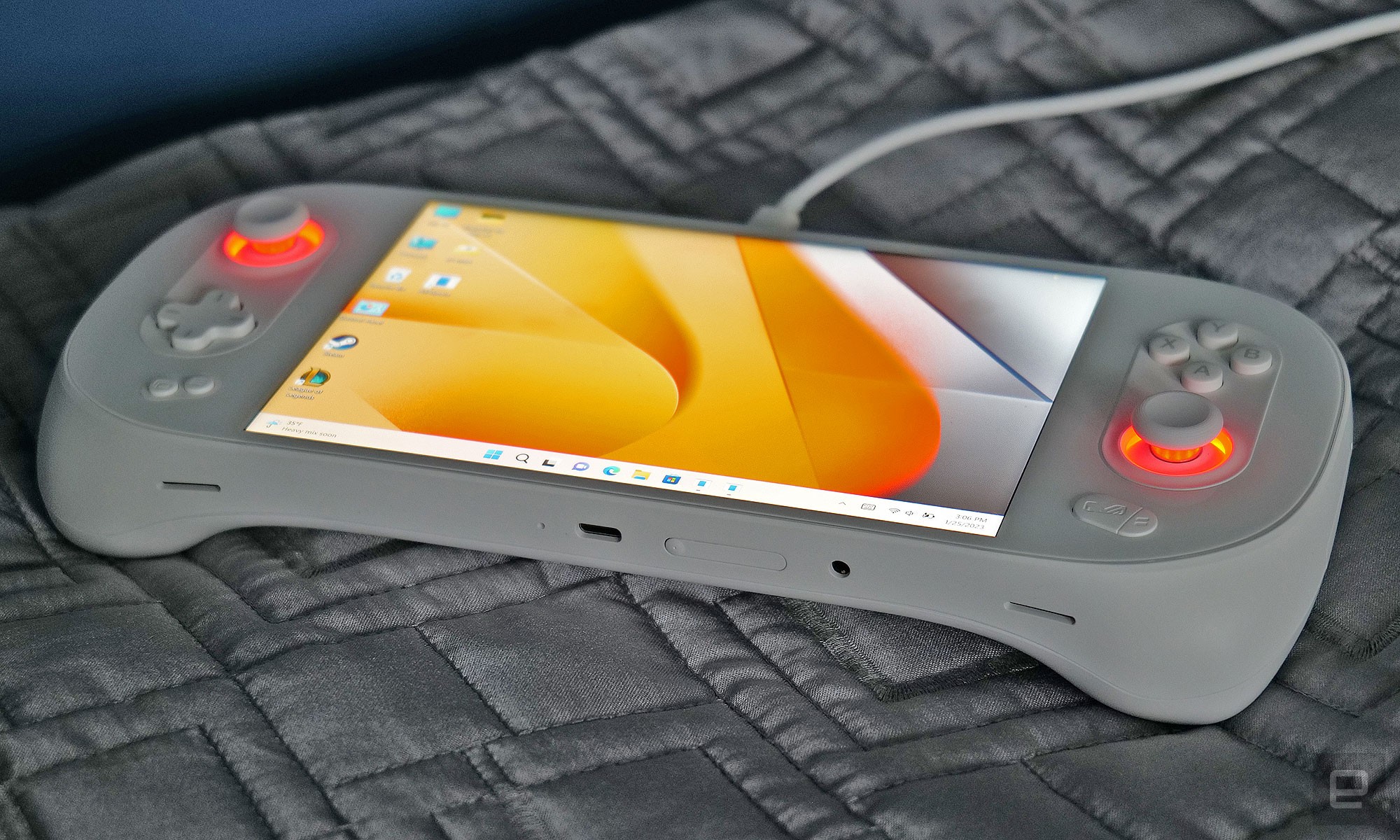
<figcaption></figcaption><div class="photo-credit">Sam Rutherford/Engadget</div></figure><p>Theoretically, you can almost come right up to the present day, with some industrious YouTubers getting Nintendo Switch games to run with varying levels of success. Of course, for now at least, this is the limit but if you had a library of old games and were hoping they might have a second life on the Ayaneo 2, the answer is that, unsurprisingly, it's a very capable emulator that benefits from built-in controls (which saves a surprising amount of meddling around).</p><h2>Battery life: Could be better</h2><p>One of the few shortcomings of the Ayaneo 2 is its battery life. That's because when compared to the Steam Deck which typically lasts three to four hours on a charge (depending on the title), the Ayaneo 2's longevity is closer to two or three. That said, you can adjust the power draw of the system if you want to improve energy efficiency, but in the end, this is the price you pay for increased performance.</p><h2>Wrap-up</h2><figure>

<figcaption></figcaption><div class="photo-credit">Sam Rutherford/Engadget</div></figure><p>As I look back, I still think the Steam Deck was one of the most important gadgets of 2022. Putting premium laptop specs with great controls and surprisingly good battery life in a handheld PC that starts at just $400 is an unbeatable deal. But for people who want something a bit more premium, the Ayaneo 2 has a lot to like. It's got a cleaner, more compact design with a way better screen. Its joysticks and buttons also feel tighter and more luxurious. And on the inside, it's got a significantly more powerful chip that not only delivers solid performance at FHD+, [the decision to go] with Windows instead of Steam OS also means much wider game compatibility. Unfortunately, with the cheapest version of the Ayaneo 2 starting at around $850, you're also paying a premium for all those fancy upgrades. But if you've been searching for something that is essentially a Steam Deck Pro, the Ayaneo 2 is it.</p>
Source:
Ayaneo 2 review: A more premium (and pricier) take on the Steam Deck